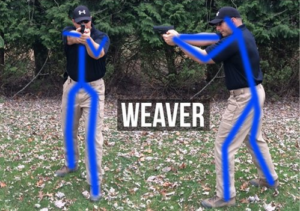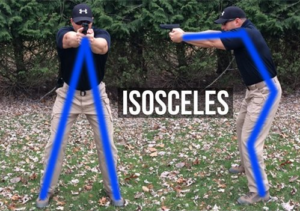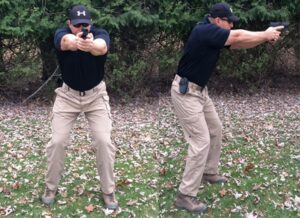Asocial Violence: Mindset Monday

Evil criminal in a mask looking at the viewer; copy space on the left.
Monday again…yay…right? right? Mindset is one of the things I have always found most useful when thinking and learning about fighting. So now I get to think about it every Monday, and it makes me happy. I know last week I talked about awareness and the first main type of violence, social violence. Well this is the second part to that. Asocial Violence.
Asocial violence is the really scary stuff. This is where the real injury and great bodily harm happen. While social violence is the world of the chest beaters and hot heads (neither of which we should be if we are training to carry and use a weapon), Asocial violence it where the murderers, rapists, kidnappers live. The three percent of the population that can be called socio/psychopath.
There is no social game being played, this isn’t a monkey dance, this is predator and prey. You are the means to to an end, food to be devoured. I like to show students videos of what I mean. Below is one of my favorite videos to illustrate asocial violence. this happened late last year (2020) and while it is not graphic, it perfectly shows what asocial violence is. (It is loud)
There are two main types of human predators.
- Resource Predators: This type uses a tool to get what they want; a mugger that points a knife, the armed robber that uses a gun, or a hostage taker that uses a person to bargain. This type doesn’t necessarily want or enjoy hurting people. They just want something from you but, make no mistake, they have no problems hurting people either to get what they want.
- Process Predators: These are the bad of the bad. These guys commit crimes because they enjoy it and the crime itself is the goal. In this category we find the rapists, the serial killers and, the child abductors.
What type of predator was shown in the video above?
 The most effective thing that you can do to keep from encountering this type of violence is to avoid putting yourself in situations where you may run into these types of predators and be aware of your surroundings so that you can spot this danger before it becomes a real threat. when you are out in public,
The most effective thing that you can do to keep from encountering this type of violence is to avoid putting yourself in situations where you may run into these types of predators and be aware of your surroundings so that you can spot this danger before it becomes a real threat. when you are out in public,
- Walk with a purpose: don’t just wander around, Know where you are going and go there
- don’t get distracted by devices; phones, tablets, etc.
- Stay with the crowd: don’t take that shortcut down the dark ally
- Pay attention to everyone: do a threat assessment on everyone you see
- Park in well lit areas
- Whenever possible go with friends and stay together.
Even doing everything you can to not get into a situation, if someone is motivated enough…the situation may find you. It is these times that we train and prepare for and, where the other 2 areas of mindset come in…but those are other posts. Make sure to stay up to date with us, like our Facebook page and share our articles

 The first is the Weaver stance. this stance was developed in the late 1950’s by competition shooter and L.A. county deputy, Jack Weaver. There are a couple different tales on how this stance developed but, the short versions are that it was either that he was competing in quick draw competitions and wanted a way to draw and use sighted fire as quickly as possible. The other is that there was a match coming up and he had an injury that prevented him from fully extending his support (or non firing) arm. Either way because of his success in matches this became the “standard” shooting platform for civilians, and law enforcement alike. This stance is characterized by the following.
The first is the Weaver stance. this stance was developed in the late 1950’s by competition shooter and L.A. county deputy, Jack Weaver. There are a couple different tales on how this stance developed but, the short versions are that it was either that he was competing in quick draw competitions and wanted a way to draw and use sighted fire as quickly as possible. The other is that there was a match coming up and he had an injury that prevented him from fully extending his support (or non firing) arm. Either way because of his success in matches this became the “standard” shooting platform for civilians, and law enforcement alike. This stance is characterized by the following. The next stance is the isosceles stance. This stance is the most commonly taught to new shooters. This is because many argue that it mimics the body’s natural reaction posture that will happen in a defensive situation. Like the Weaver stance this stance became popular when in the 1980’s Brian Enos, and Rob Leatham began using it to win
The next stance is the isosceles stance. This stance is the most commonly taught to new shooters. This is because many argue that it mimics the body’s natural reaction posture that will happen in a defensive situation. Like the Weaver stance this stance became popular when in the 1980’s Brian Enos, and Rob Leatham began using it to win  This final stance can be called by many names; fighting, boxer, tactical, modified isosceles, etc. I call it a “fighting” stance and it is the one that I use and teach in my
This final stance can be called by many names; fighting, boxer, tactical, modified isosceles, etc. I call it a “fighting” stance and it is the one that I use and teach in my
Recent Comments